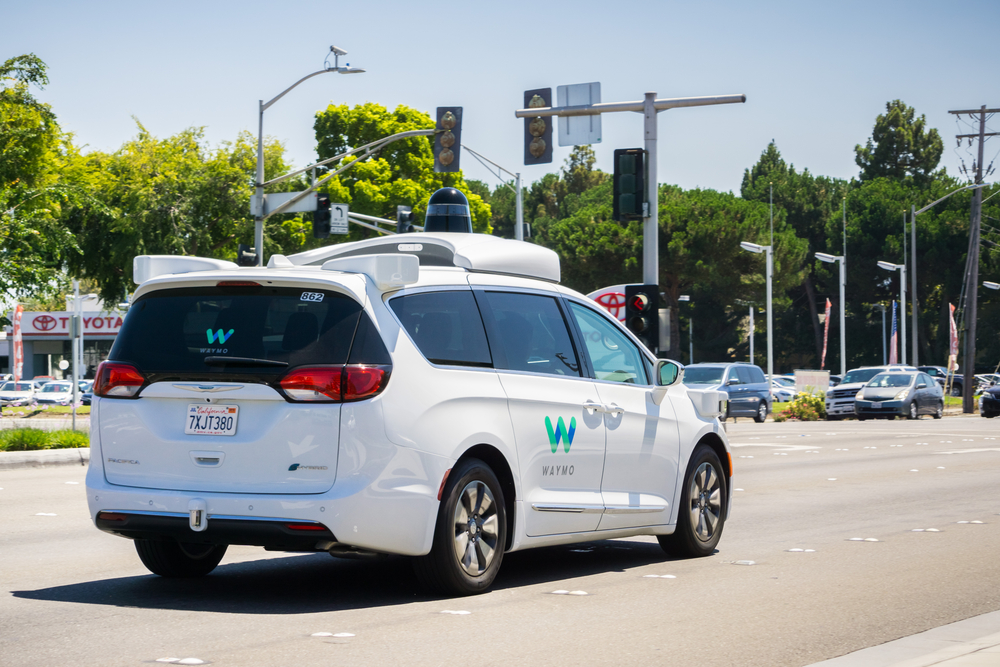We have yet another intriguing self-driving car development on our hands, courtesy of Waymo. The Google-owned company has come up with an interesting way to make autonomous vehicles “softer.” Waymo wants to protect pedestrians in case they are accidentally hit by a vehicle, and a collapsible exterior may be the key to doing so.
Self-driving Cars Capable of Protecting Pedestrians
Few people would think that autonomous vehicles could cause an accident. Just because our vehicles are getting smarter does not mean pedestrians are, however. In fact, while the vehicles are designed to make roads safer, it is possible pedestrians and other users outside of these vehicles may create new hazards. It is impossible to design a flawed system or piece of coding. Preparing for all potential contingencies is never a bad idea.
Waymo has been addressing this problem and may have just come up with a solution that works for everybody. The company has created a way to make the exterior of a self-driving car collapse onto itself. This means the impact on a pedestrian — or animal — will be far less severe than would be the case without it. It is unclear whether this will save lives, but it is good to see the company focusing on what is really important.
Autonomous vehicles are equipped with so many built-in sensors that one would think they should be able to avoid any type of collision altogether. However, there is still a lot of work to be done before that becomes the case. Companies are working on smart vehicles capable of gathering sensory input from their environments as well as other vehicles nearby. Obtaining data from pedestrians and other moving objects will be quite challenging for the time being. Preparing for the worst may be the most viable approach.
Waymo’s patent for a car design allowing for a collapsible exterior may change the way we think about vehicles altogether. The vehicle would be held together internally by multiple “tension members,” which can loosen or tighten to adjust external rigidity. Although this will not necessarily make your car fit into tight parking spaces, it does open up a lot of new opportunities. With sensors capable of detecting a potential collision risk, the car’s exterior could effectively turn softer to avoid major damage in the case of a collision. It could also make the car stronger to ensure passengers are kept safe from harm.
With smarter cars coming to a road near you in the future, pedestrians and bicyclists will need to be even more aware of their surroundings. That may sound strange, but self-driving cars will not necessarily go out of their way for others. This will not lead to people blatantly ignoring the rules of the road, but there may be some initial issues while this technology matures. After all, we are still in the very early stages of developing autonomous vehicles, and there may be plenty of quirks to contend with during the first few years of the technology.
It has not been officially confirmed that Waymo will integrate this technology into self-driving cars. A patent filing is simply another validation of a company’s future plans. It certainly sparks the imagination as to how this technology could be used moving forward. A collapsible or reinforceable car exterior can be quite beneficial. It will be interesting to see how this technology is used in the future and which use cases will be discovered. Waymo is certainly worth keeping an eye on, as the Google-owned company has some nifty ideas now and then.

